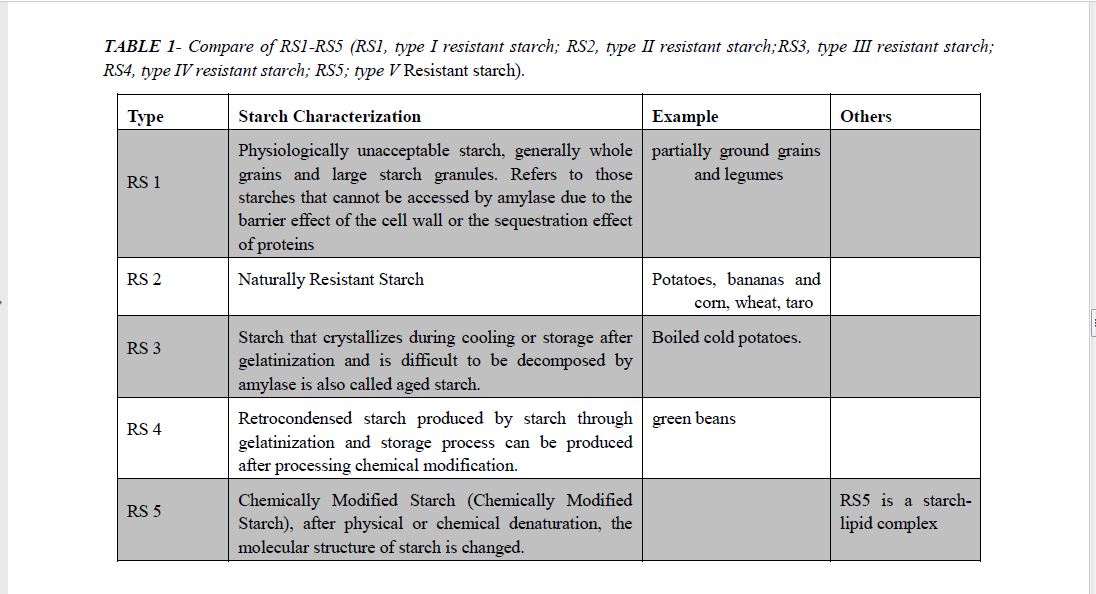The Potential Health Benefits of Resistant Starch on Human Metabolism- A Narrative Review
Main Article Content
Abstract
Resistant starch, also known as water-soluble dietary fiber, has the advantages of both water-soluble and insoluble fibers. The characteristic of resistant starch is that resistant starch is difficult to be absorbed by the small intestine, so it will not increase blood sugar and has the effect of controlling blood sugar. Like dietary fiber, it is decomposed after entering the large bowel and becomes food for beneficial bacteria in the intestine, which contributes to intestinal health. Its functions include: delaying gastric emptying, preventing a sharp rise in blood sugar, lowering blood cholesterol, and the functions of insoluble dietary fiber include: increasing stool volume, promoting intestinal peristalsis, preventing constipation and hemorrhoids, preventing colorectal diverticulitis and colorectal cancer. The term resistant starch appeared in 1982, also known as difficult-to-digest starch or the third type of dietary fiber. Resistant starch cannot be decomposed by human digestive enzymes until the colon end. The heat generated by the fermentation and utilization of intestinal bacteria is much lower than that of ordinary starch, and the maximum heat generated per gram is no more than 2.8 kcal (ordinary starch is 4 kcal).
